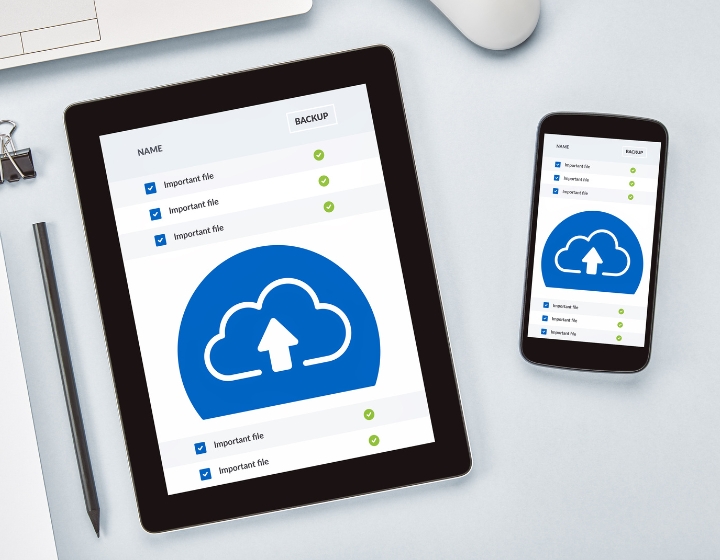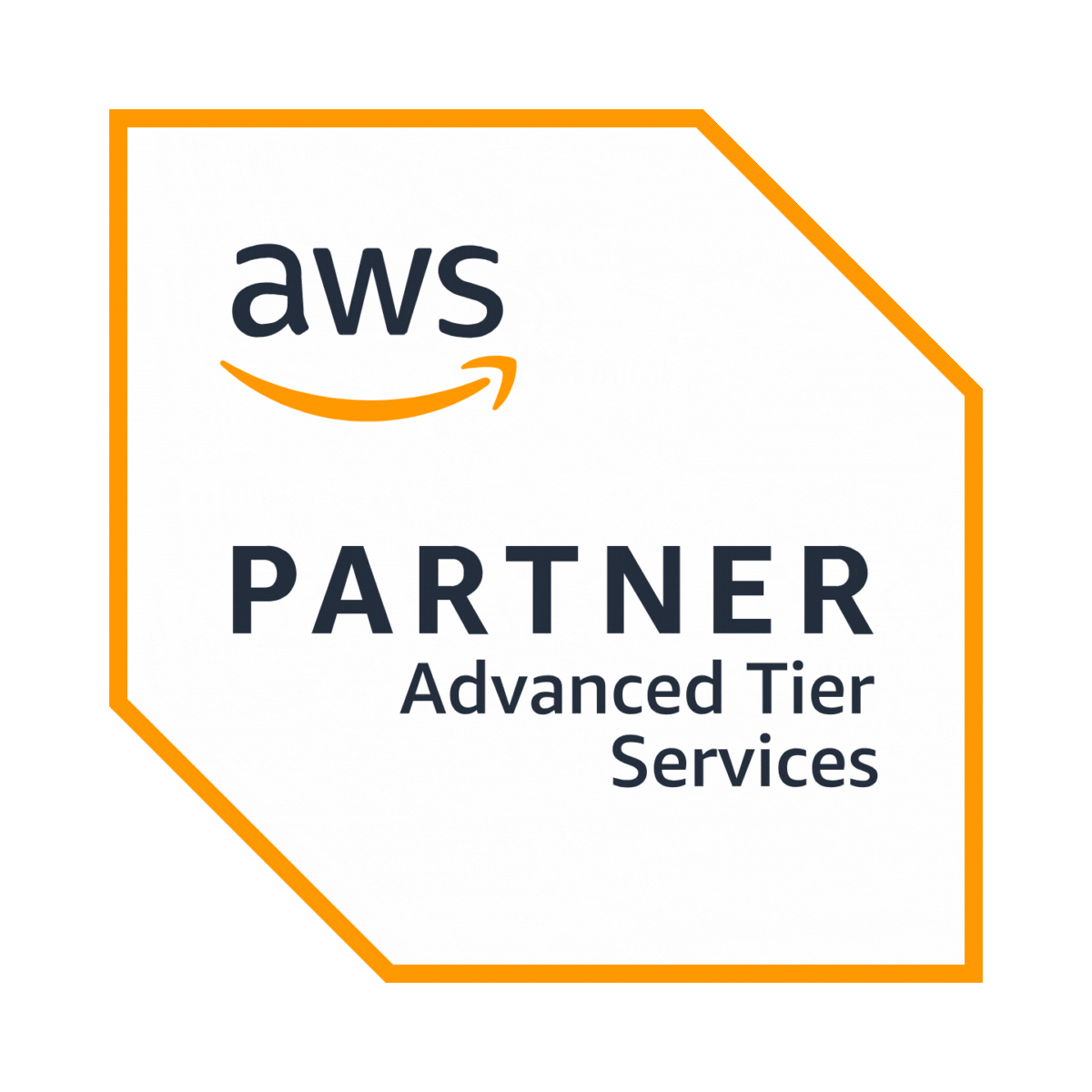Organizations today generate and process data at an unprecedented scale. A 2024 IDC report estimated that the global datasphere will reach 175 zettabytes by 2025, with more than 60% of that data created and managed by enterprises.
To manage this explosion of information, enterprises have historically relied on data lakes and data warehouses. These systems promised to centralize information, provide structure, and unlock insights for business growth.
However, the landscape has changed. The sheer volume, variety, and velocity of modern data have exposed the shortcomings of traditional setups. What once worked for structured, batch-driven reporting now struggles to keep pace with real-time analytics, AI-driven applications, and regulatory demands. In industries like healthcare and finance, the gaps are even more visible, Forrester notes that nearly 70% of healthcare organizations cite limitations in their current data platforms as a top challenge in meeting compliance and interoperability goals.
This blog explores the main challenges organizations face with traditional data lakes and warehouses, shedding light on why many enterprises are rethinking their approach and turning to modern, cloud-native solutions.

The limitations of traditional architectures
At their core, data lakes and data warehouses were designed to solve different problems. Data warehouses provided highly structured environments for reporting and analytics, while data lakes allowed organizations to store vast amounts of raw data at a lower cost. For years, this dual approach supported business intelligence and historical reporting needs.
But as data has evolved, so have the challenges. IDC research (2023) found that over 65% of enterprises believe their current data infrastructure cannot handle the scale and diversity of new data sources, from IoT streams to unstructured multimedia content. Legacy systems were not built for these demands, leading to mounting inefficiencies.
For example, a comparison of data lakes vs. data warehouses shows that warehouses excel at structured queries but struggle with flexibility, while lakes risk becoming “data swamps” without governance. Both approaches, when used in their traditional form, fall short of the agility and scalability required for modern AI-driven applications.
As a result, organizations are increasingly finding themselves constrained by traditional architectures , systems that were never designed to support real-time analytics, predictive modeling, or compliance-heavy industries at scale.
Challenge 1: Data silos and poor integration
One of the biggest obstacles with traditional data systems is fragmentation. Data often lives in multiple repositories, managed by different teams, using inconsistent standards. This creates silos that make it difficult to generate a single, unified view of business operations.
According to McKinsey’s State of Data 2024 survey, 72% of organizations struggle with integrating data across departments, which leads to delayed insights and duplicated efforts. In healthcare, this problem is even more pronounced. A traditional data warehouse in healthcare often isolates clinical, financial, and operational data, preventing providers from seeing the full patient journey or coordinating care efficiently.
These silos not only slow down innovation but also create compliance risks. When sensitive data is fragmented, it becomes harder to enforce security, audit trails, and regulatory requirements such as HIPAA or GDPR. Modern data strategies are moving toward unified, interoperable systems , but legacy data lakes and warehouses often hold organizations back from achieving this.
Challenge 2: High costs and inefficiencies
Traditional data infrastructures were not designed with today’s scale in mind. Storage and compute expenses grow rapidly as organizations ingest petabytes of structured and unstructured data. On top of that, maintenance costs for hardware, licensing, and specialized talent drive total ownership far beyond initial expectations.
A 2024 Gartner report found that enterprises overspend by up to 40% on legacy data warehouse and lake operations due to underutilized resources and inefficient scaling models. Unlike cloud-native platforms that scale elastically, traditional environments often force companies to overprovision capacity, paying for infrastructure that sits idle during low demand.
In regulated industries, these costs escalate further. For instance, a traditional data warehouse in healthcare requires extensive compliance controls, security audits, and redundant storage, making it one of the most expensive data infrastructures to maintain.
Forward-looking organizations are exploring smarter ways to manage these costs. Strategies such as tiered storage, automation, and cloud elasticity are now critical for sustainability. For more detail, you can explore cost optimization strategies for AWS data lakes and data warehouses.
Challenge 3: Lack of real-time processing capabilities
Traditional data lakes and warehouses were built primarily for batch processing , loading large volumes of data overnight and running queries for historical analysis. While effective for static reporting, this model falls short in today’s environment where organizations need real-time decision-making.
A 2023 Forrester study revealed that 58% of enterprises cite the inability to support real-time analytics as their top barrier to digital transformation. Modern use cases like fraud detection, predictive maintenance, and personalized customer experiences demand sub-second insights that legacy systems simply cannot provide.
In healthcare, this challenge becomes mission-critical. A traditional data warehouse in healthcare cannot easily process streaming data from IoT devices, such as patient monitors or wearables. As a result, providers miss opportunities for proactive interventions that could improve patient outcomes.
The gap between what legacy systems can deliver and what real-time applications demand has led many organizations to modernize their data platforms. Cloud-native solutions now support streaming pipelines, in-memory analytics, and on-demand scaling to power continuous insights.
Challenge 4: Data quality and governance issues
While traditional data lakes offer flexibility, they often lack proper governance, leading to what many analysts call “data swamps.” Without consistent metadata, lineage, and access controls, organizations risk storing massive amounts of unusable or unreliable information.
Gartner’s Data Governance Report 2024 found that over 55% of enterprises struggle to ensure trust in their data due to poor governance practices, directly impacting analytics accuracy and regulatory compliance. For industries like healthcare and finance, the stakes are even higher, where inaccurate or inaccessible data can result in compliance penalties or critical business risks.
Traditional warehouses are more structured, but they too face challenges with quality when ingesting diverse, unstructured data. As data sources multiply , from cloud apps to IoT devices , enforcing standardization and accuracy becomes increasingly difficult.
Enterprises are therefore investing in governance-first modernization strategies. By embedding controls into pipelines and migration plans, they can enforce security and compliance from the start. For organizations evaluating this transition, here’s a detailed guide on data migration to the cloud.

Challenge 5: Limited scalability and agility
Traditional data systems were not built to handle today’s exploding variety of data , from structured relational records to semi-structured JSON to unstructured formats like video, images, and sensor data. Scaling these systems is complex, slow, and expensive, leaving organizations with rigid architectures that can’t adapt to evolving business needs.
According to IDC’s Future of Data Platforms 2024 study, nearly 70% of enterprises say their current data warehouse lacks the flexibility to support emerging analytics and AI workloads. This limits innovation and delays time-to-value for critical projects.
In industries such as healthcare, the problem is particularly visible. A traditional data warehouse in healthcare struggles to integrate genomic sequencing data, medical imaging, and IoT-driven patient monitoring. These data types require elastic compute and flexible schema handling , capabilities that legacy architectures cannot provide effectively.
Cloud-native platforms like Amazon Redshift and modern data lakehouses are closing this gap by offering elastic scalability and schema-on-read capabilities. They enable organizations to process diverse datasets at scale, making advanced analytics and AI integration seamless. Learn more in this guide on modernizing data warehousing with Amazon Redshift.
The path forward: Modern cloud-native solutions
The limitations of traditional data lakes and warehouses highlight why enterprises are embracing cloud-native, unified architectures. Modern approaches, such as the data lakehouse model, combine the flexibility of lakes with the governance and performance of warehouses. This allows organizations to store any type of data , structured, semi-structured, or unstructured , and make it instantly available for analytics and AI.
Recent Accenture research (2024) showed that companies adopting modern cloud data platforms achieve up to 50% faster time-to-insight and 35% lower total cost of ownership compared to those running on legacy systems. Beyond cost savings, the real advantage lies in agility: the ability to integrate real-time data streams, scale seamlessly, and embed governance from day one.
For enterprises in highly regulated industries like healthcare and finance, these platforms provide a secure, compliant environment that supports interoperability and advanced analytics without the limitations of legacy systems.
Organizations looking to modernize can explore tailored strategies through our Data Lakes Consulting services, designed to help businesses adopt scalable, AI-ready architectures aligned with their long-term goals.
Conclusion
Data lakes and warehouses have long been the backbone of enterprise analytics, but the demands of modern business have outpaced their traditional capabilities. From data silos and high operational costs to governance gaps, limited scalability, and the inability to support real-time insights, legacy architectures are proving to be roadblocks rather than enablers.
Enterprises that continue to rely solely on traditional approaches risk higher costs, slower decision-making, and missed opportunities in AI and advanced analytics. On the other hand, those who modernize with cloud-native platforms are unlocking agility, scalability, and compliance at scale.
The path forward is clear: organizations must rethink data infrastructure not just as a storage system, but as a strategic enabler for growth. Modern solutions such as data lakehouses and cloud-native warehouses are already delivering measurable value, helping businesses stay competitive in a data-driven world.
To explore how your organization can overcome these challenges and build a future-ready data ecosystem, get in touch with our experts today!.

















